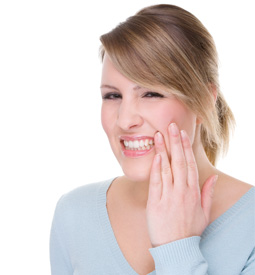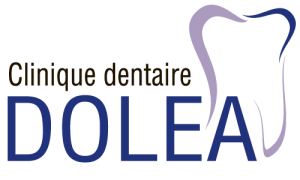Dentin hypersensitivity
 General dental practitioners encounter this condition on a daily basis.
General dental practitioners encounter this condition on a daily basis.
Teeth are principally composed of three tissues: nerve (pulp), dentin and enamel. The enamel is the only non-sensitive part of the tooth.
As its name suggests, dentin hypersensitivity affects the dentin. But how exactly?
By receding (exposed roots), acid erosion, parafunctions (bruxism – clenching or grinding the teeth – or certain tics and habits), progressive wear, trauma, cracks and cavities.
Appropriate treatment depends on correct diagnosis: desensitizing agent, fluoride application, restoration (filling), endodontics (root canal treatment), protection (mouth protector, bite plate), or gum graft, all may contribute to eliminating the cause of the problem.
Dental hygiene
The oral system enables us to perform three essential functions in life: eating, communicating and breathing (when the nose is not enough).
The oral environment is, like many bodily systems, a reflection of our overall health. Some of its characteristics are unique and some are shared.
The mouth is populated by countless bacteria that are sometimes useful but often the cause of deterioration of the oral environment. Dental cavities and periodontal (gum) disease are, together with influenza (the flu), the most common infectious diseases in humans.
To maintain (or recover) oral health, it is essential to prevent bacteria from destroying the environment they incessantly colonize.
Daily use of a toothbrush and dental floss reduces the quantity of bacteria that adhere to teeth and removes the toxins they produce. Depending on the patient's condition, some adjuvants are sometimes needed (mouthwashes, specialized toothpastes and additional oral hygiene tools).
 514 453-9810
514 453-9810 